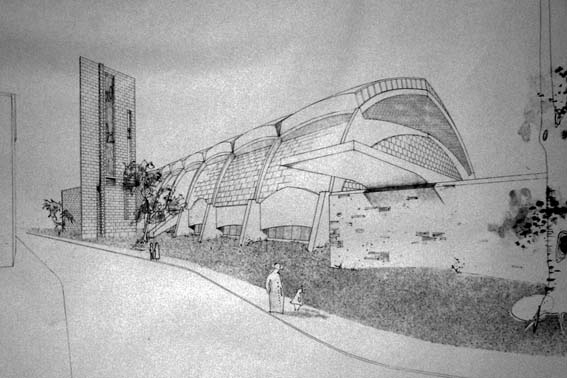Edificio eclesial y ciudad termal
DOI:
https://doi.org/10.17979/aarc.2011.2.2.5068Palabras clave:
Iglesia, ciudad termal, Italia, siglo XX, concursos de arquitecturaResumen
Esta intervención se propone investigar, a través del análisis de un caso concreto, la relación entre la ciudad termal y el edificio eclesial durante el siglo pasado. Describe, pues, una visión de la arquitectura italiana en un contexto histórico y cultural particular, posicionándose dentro de temáticas más amplias: la arquitectura sacra del siglo XX y la arquitectura de las ciudades termales. Ciudades termales que, con toda seguridad, son siempre distintas, al captar y transmitir nuevas y refinadas expresiones arquitectónicas; en este sentido, resulta paradigmática la difusión del estilo Liberty en estos contextos.
Desde los inicios del siglo XX se asiste a un particular impulso del desarrollo turístico de las ciudades-balneario. La profunda transformación de la sociedad del siglo XIX, junto con el paso de una clientela aristocrática a una burguesa, caracterizan la transformación de los modelos funcionales y de la representatividad en las termas. En concreto, desde la segunda década del siglo, se intenta responder a la doble vocación elitista y comunitaria: esto influirá inevitablemente en el desarrollo urbanístico de la ciudad ya caracterizada por una peculiar fisonomía. En Italia, en los casos que vamos a examinar, el reajuste urbanístico derivado del desarrollo del turismo termal, comportó ingentes obras de demolición de edificios valiosos, entre los cuales figuraban también las iglesias preexistentes; demoliciones que se hicieron necesarias para dejar lugar a la nueva arquitectura, también cultual, más adecuada a las exigencias de la época y representativa de la peculiaridad de estos lugares.
En tal contexto, la identidad del nuevo edificio eclesiástico asumía valores, ya fuera desde el punto de vista religioso o ya fuera como signo de la sociedad civil que se hacía también, por otra parte, partícipe económicamente de la construcción. La importancia y la complejidad del tema indujeron a la comunidad, en algunos casos a convocar concursos específicos en los que se vieron involucrados numerosos arquitectos e ingenieros, ofreciendo, precisamente, una valiosa perspectiva de la cultura arquitectónica de la época sobre el tema del edificio sacro.
Descargas

Descargas
Publicado
Número
Sección
Licencia

Esta obra está bajo una licencia internacional Creative Commons Atribución-NoComercial-CompartirIgual 4.0.















